T4K3.news
Scientists identify cause of starfish mass die-off
Researchers discover Vibrio pectenicida bacterium responsible for killing billions of starfish in the Pacific.
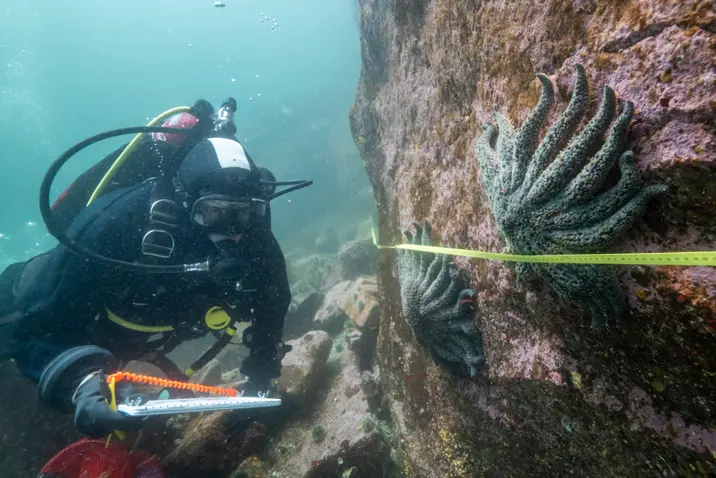
Die-off has affected the health of kelp forests and sparked years of scientific detective work
Mystery of starfish deaths revealed by researchers
For almost a decade, billions of starfish have been dying along the western coast of North America, leading to an environmental crisis that affects ecosystems reliant on these creatures. Researchers from the University of British Columbia and the University of Washington revealed that a strain of bacteria known as Vibrio pectenicida is responsible for this phenomenon, causing a disease that causes starfish to dissolve. The loss of these marine animals, particularly the sunflower sea stars, has disrupted local ecosystems, resulting in a surge in sea urchins which overconsume kelp forests, vital habitats for various marine life.
Key Takeaways
"It’s just heartbreaking to watch them die"
Drew Harvell reflects on the emotional toll the starfish die-off takes on researchers.
"This is great work. I am impressed"
Pete Raimondi praises the significance and quality of the research findings.
"Bacteria is everywhere in the ocean. The question is what made it go rogue?"
Pete Raimondi emphasizes the unpredictable nature of bacteria in marine environments.
"With this new information, I’m hopeful we’ll be able to stop the sunflower sea star’s decline"
Catherine Kilduff expresses optimism about the future of sunflower sea stars in light of new research.
Understanding the cause of such a widespread die-off sheds light on crucial ecological dynamics. The study highlights the interface between environmental health and marine microbiology, revealing how bacterial strains that may seem benign can create catastrophic effects under certain conditions. Researchers are now tasked with addressing the underlying triggers for such bacterial proliferation, especially as climate change may exacerbate these issues. This situation serves as a pressing reminder of our interconnectedness with nature and the urgent need for proactive measures in marine conservation.
Highlights
- This hard-won discovery can help ecosystems thrive again.
- It's heartbreaking to watch them die—such enchanting creatures.
- We learn from failures; that's how science works.
- The time to act for the sunflower sea star's future is now.
Concerns over marine ecosystems and species protection
The significant die-off of starfish raises alarms about the health of marine ecosystems and may prompt backlash regarding conservation efforts. The impacts of climate change on bacterial behavior could have further repercussions for ocean life, making immediate action essential.
This discovery may inform recovery strategies for affected marine species.
Enjoyed this? Let your friends know!
Related News
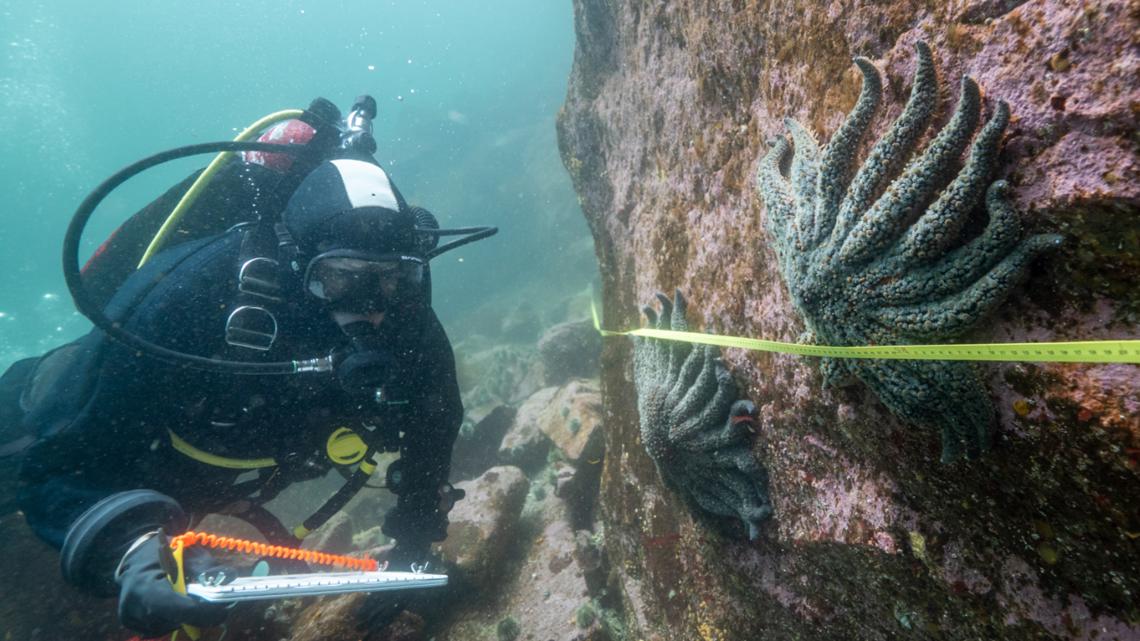
Scientists reveal cause of sea star die-off
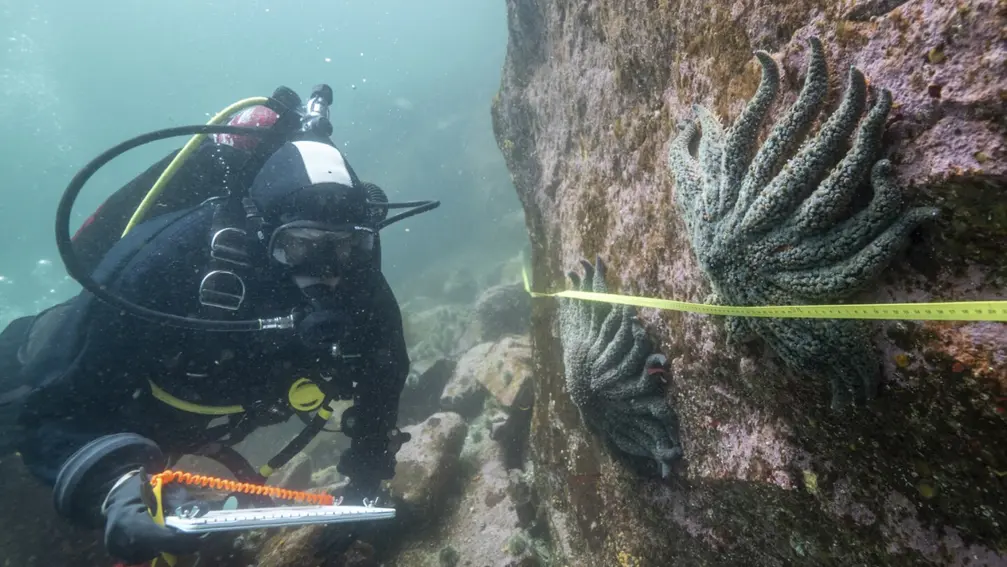
Scientists find cause of sea star epidemic
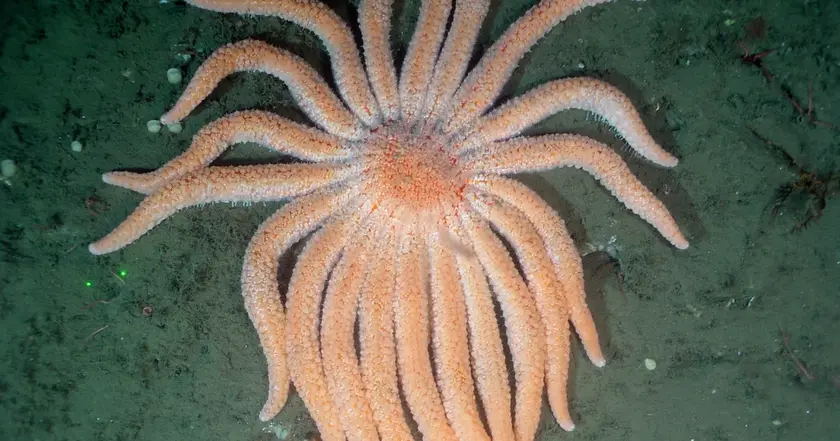
Researchers find bacteria behind sea star die-off
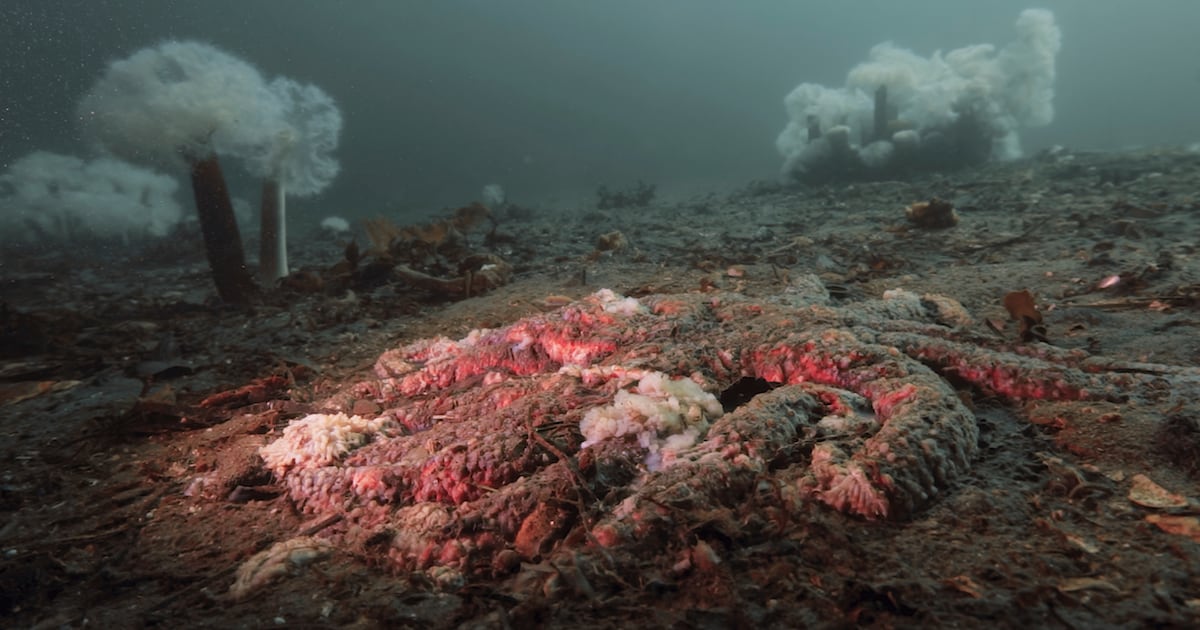
New insights into sea star die-off reveal bacterial culprit
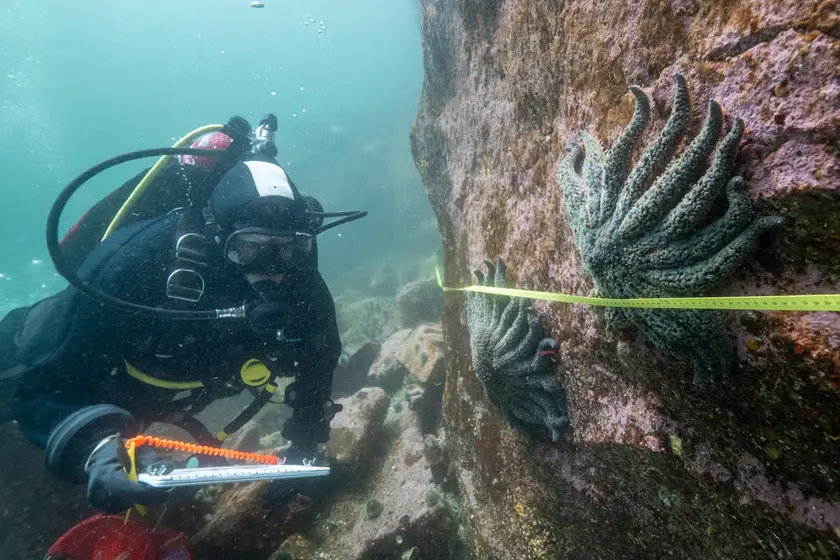
Breakthrough in sea star mortality mystery
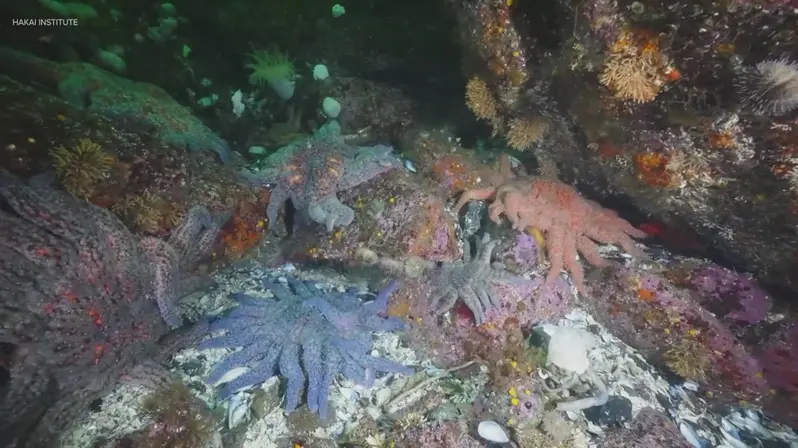
Researchers identify cause of devastating sea star die-off

Breakthrough research identifies cause of sea star wasting disease
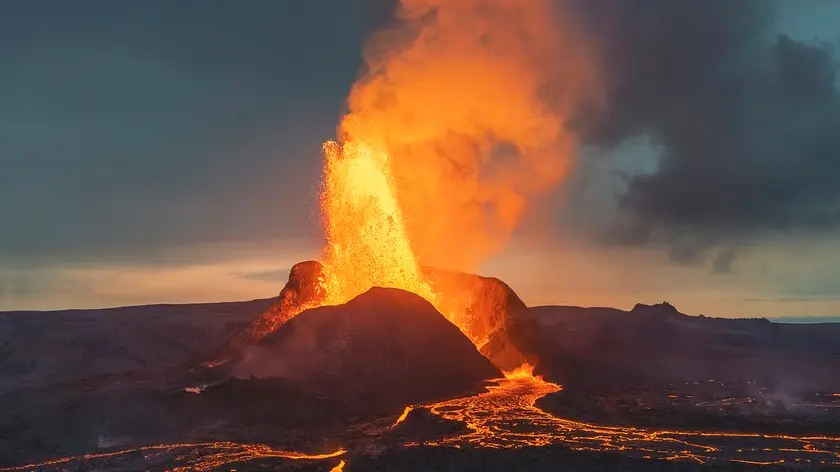
Mysterious blobs under Earth may trigger major volcanic eruptions
